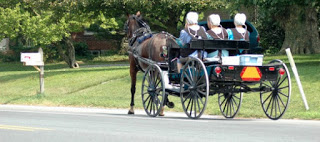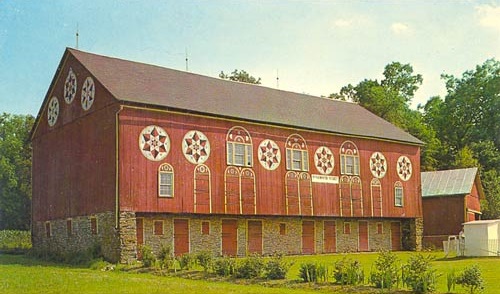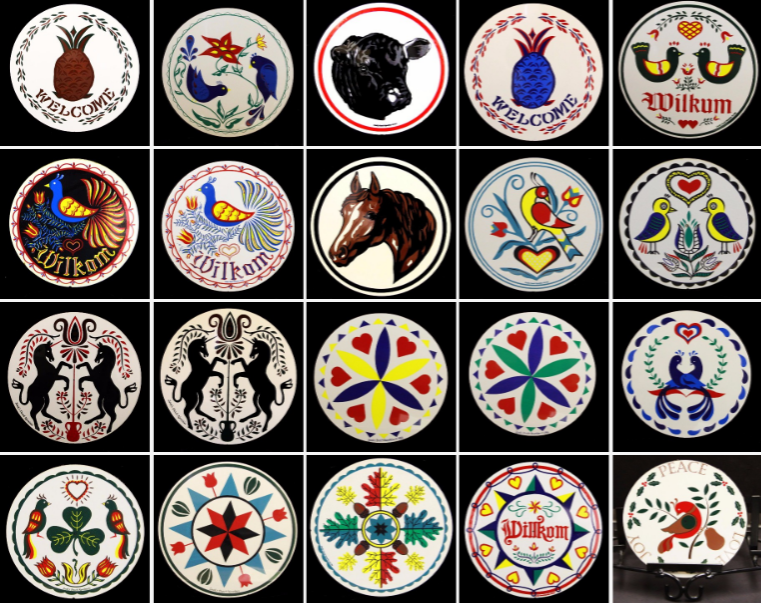Lodging Places to Stay in Amish Country
Ronks Intercourse Paradise
Bird In Hand
Lancaster County PA
Lodging in Amish Country? Hard to find a place in another town or state when you don’t know the name of it. We can help!
We will find exactly what you are looking for.
We live right in the heart of it!
Hoping to rent a farmhouse, vacation home or maybe just a room?
Hotel, Motel, Bed and Breakfast? Family vacation room?
Short stay, long stay, kid friendly. We’ve got you covered!
Message me what you are in need of…We will find it for you, verify it with you and even book it for you!
Message @PADutchBarn






